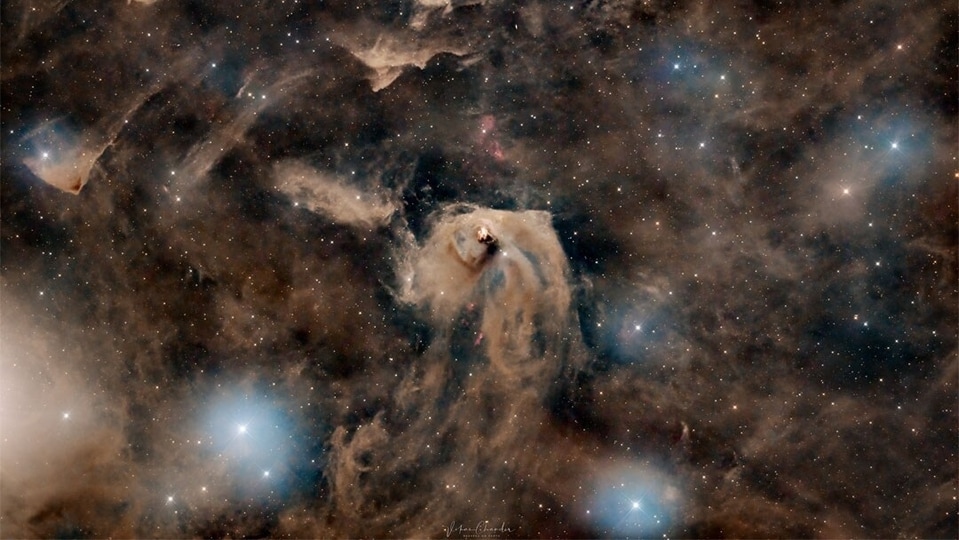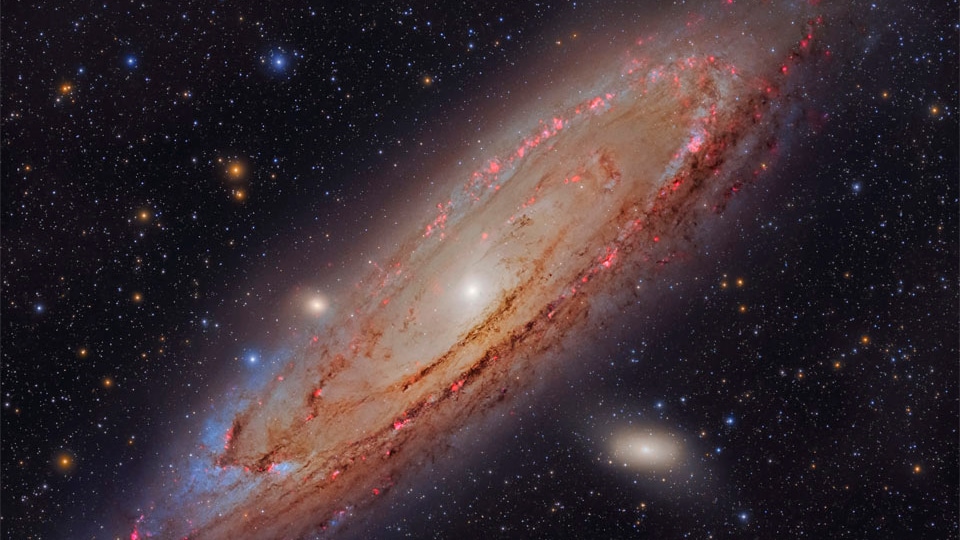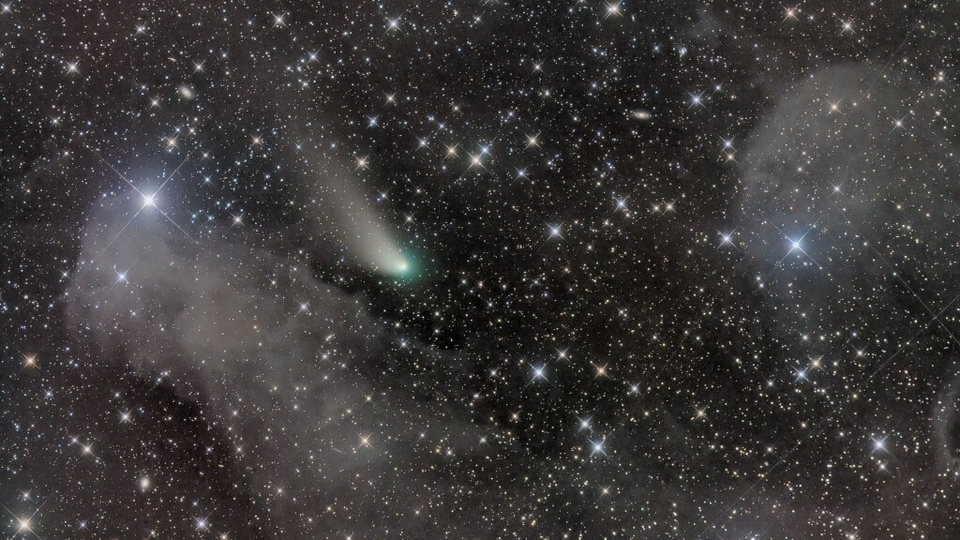NASA Astronomy Picture of the Day 25 March 2023: RARE Venus and Moon meeting!
NASA Astronomy Picture of the Day is a rare view of Venus and a young crescent moon.






 View all Images
View all ImagesTwo celestial bodies looked like they actually met up in the sky! The sky was adorned with a rare occurrence as Moon and Venus came together in conjunction, bringing joy to astronomers as well as skywatchers. The two celestial bodies appeared so close that they seemed almost within reach, causing a frenzy of excitement among netizens. The Crescent Moon appeared larger while Venus looked like a tiny dot below it.
The same has been featured as the NASA Astronomy Picture of the Day for 25th March. While sharing an image of the Venus and Moon conjunction, NASA said, “on March 23 early evening sky gazers could watch Venus and a young crescent moon, both near the western horizon.” In this stunning telephoto skyscape taken in Danta di Cadore, Dolomiti, Italy, Earth's radiant evening star, faint lunar night side, and slender sunlit crescent can be seen posing beside a church tower.
The delicate lunar glow visible on the dark side of the Moon is actually earthshine - the reflection of sunlight from Earth that illuminates the Moon's night side. NASA further mentioned that Leonardo da Vinci wrote about earthshine more than 500 years ago, describing it as the reflection of sunlight by Earth's oceans that illuminates the dark surface of the Moon.
On March 24, some locations witnessed the Moon occulting or passing in front of Venus. Tonight, a growing crescent Moon will be visible near the Pleiades star cluster from various locations across the planet.
Another planetary conjunction ahead!
If you have missed the conjunction of Venus and Moon, then don't fret! Just look up as you may witness another surreal view of the five planetary parade. Starting from March 23 and continuing till March 30, sky-watchers can observe a rare sight of the waxing crescent Moon seemingly touring five planets: Mercury, Jupiter, Venus, Uranus, and Mars, visible soon after sunset.
While Venus and Mars will be easily visible to the naked eye, observing brightening Mercury and dimming Jupiter may require stargazing binoculars or a telescope. Additionally, spotting Uranus would undoubtedly require such tools since it is typically just beyond the limit of naked-eye visibility, livescience.com reported.
Catch all the Latest Tech News, Mobile News, Laptop News, Gaming news, Wearables News , How To News, also keep up with us on Whatsapp channel,Twitter, Facebook, Google News, and Instagram. For our latest videos, subscribe to our YouTube channel.
































